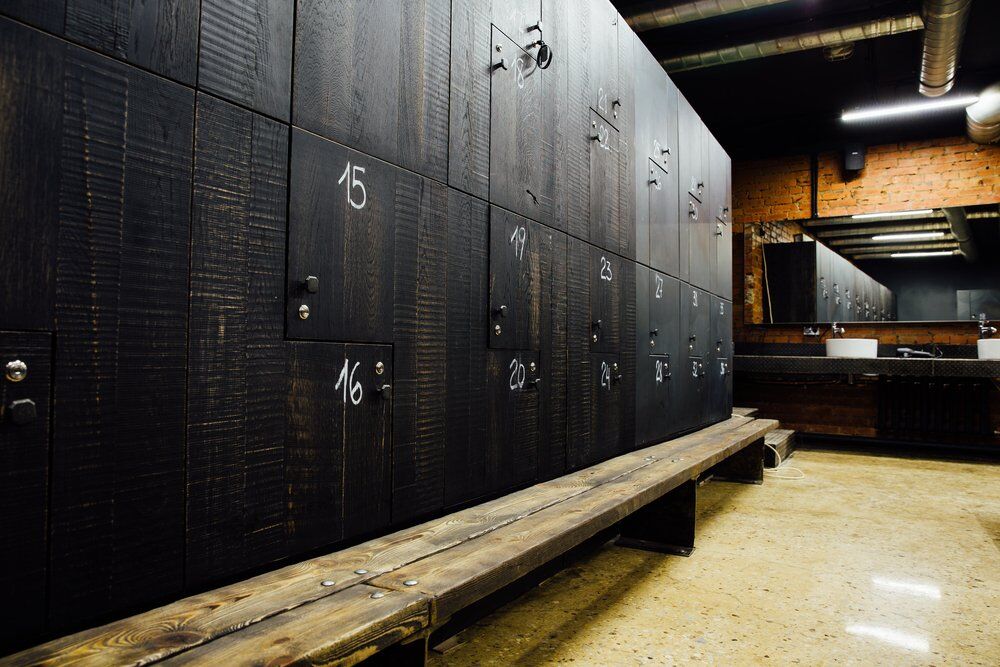
Is Bulking Easier Than Cutting?
On paper, both bulking and cutting are seemingly straight forward concepts.
If you want to bulk you just have to eat more calories than you burn off each day, known as being in a calorie surplus. If your looking to cut, then you just need to do the opposite and consume less calories than you burn off each day, know as a calorie deficit.
Simple, right?
Before we get into whether or not it’s as straight forward as it seem, lets first cut through the fat and reveal what’s beneath the terminologies.
 What’s The Difference between “Bulking” and “Cutting”?
What’s The Difference between “Bulking” and “Cutting”?
The obvious difference between the two terms is that when you bulk your aim is to gain muscle, whereas when you cut, your aim is to drop body fat.
The ultimate goal of a successful bulking phase is to add as much lean muscle mass as possible, whilst keeping (the inevitable) fat gain to a minimum. A bulking phase can last anywhere from a few months, all the way up to and beyond a year, depending on your individual goals.
The goal of a successful cutting phase is to drop your body fat percentage (note: not necessarily your weight) whilst holding on to as much muscle mass as possible. A cutting phase typically follows a bulking phase in order to reveal all the muscle that has been previously built.
Which one is easier to follow?
As mentioned above, on paper, both bulking and cutting seem like they’ve got pretty simple rules to follow, but in real life? Well, things are never as clear cut.
When it comes to starting a bulking phase, there don’t seem to be any downsides.
You get to eat more food -win.
You hit gym PR’s every week – win.
You fill out your t-shirt sleeves more – win.
Whereas, when you start a cutting phase, the exact opposite is true. You have to drop your food intake and deal with hunger pangs, the longer your cut lasts the more your strength goes down and your t-shirts will start to fit more like ponchos.
 However, bulking isn’t all fun and games
However, bulking isn’t all fun and games
The further you go into your bulk, the heavier you will become, meaning your calorie target will increase in order for you to keep gaining weight.
Ask anyone who has done a long term bulk and they will tell you how monotonous and unenjoyable eating is when you aren’t hungry but you’ve still got to cram in another 2,000 calories in order to reach your daily intake.
On top of this, building muscle is a very slow process (as opposed to the relatively quick process of dropping body fat), and the longer you train for, the slower your muscle building progress becomes.
Then of course, there is the psychological aspect. Most people feel confident walking around with a physique that shows off some muscle definition and people feel healthier and more energetic when they’re leaner.
So, when you purposely gain weight, and any sign of a six pack has well and truly gone, it can become as much of a mental challenge, as it is a physical one.
To bulk or to cut?
Whether you choose to bulk or cut, will come down to your personal goals and current physique.
It’s usually recommended, if your body fat is 15%/20% (men/women) or higher, that you should start by dropping body fat first. Not only will this reduce you overall body fat during a bulk, but having a low body fat will ensure your body is in the best possible building muscle state to start adding mass.
During a bulk, you want to try and keep your body fat percentage within the above percentages. This can be done be implementing “mini cuts” into you overall bulking phase – these are short 2-4 weeks periods of reducing your calories to a deficit in order to drop excess body fat, before going back up to, and continuing with, your calorie surplus.
 Nothing worth having comes easy
Nothing worth having comes easy
Regardless if you choose to bulk or cut, you are going to face some challenges along the way, just remember, it’s the fact that it is hard that makes it so rewarding.
“It’s supposed to be hard. If it were easy, everyone would do it”


 What’s The Difference between “Bulking” and “Cutting”?
What’s The Difference between “Bulking” and “Cutting”? However, bulking isn’t all fun and games
However, bulking isn’t all fun and games Nothing worth having comes easy
Nothing worth having comes easy
No Comments yet!